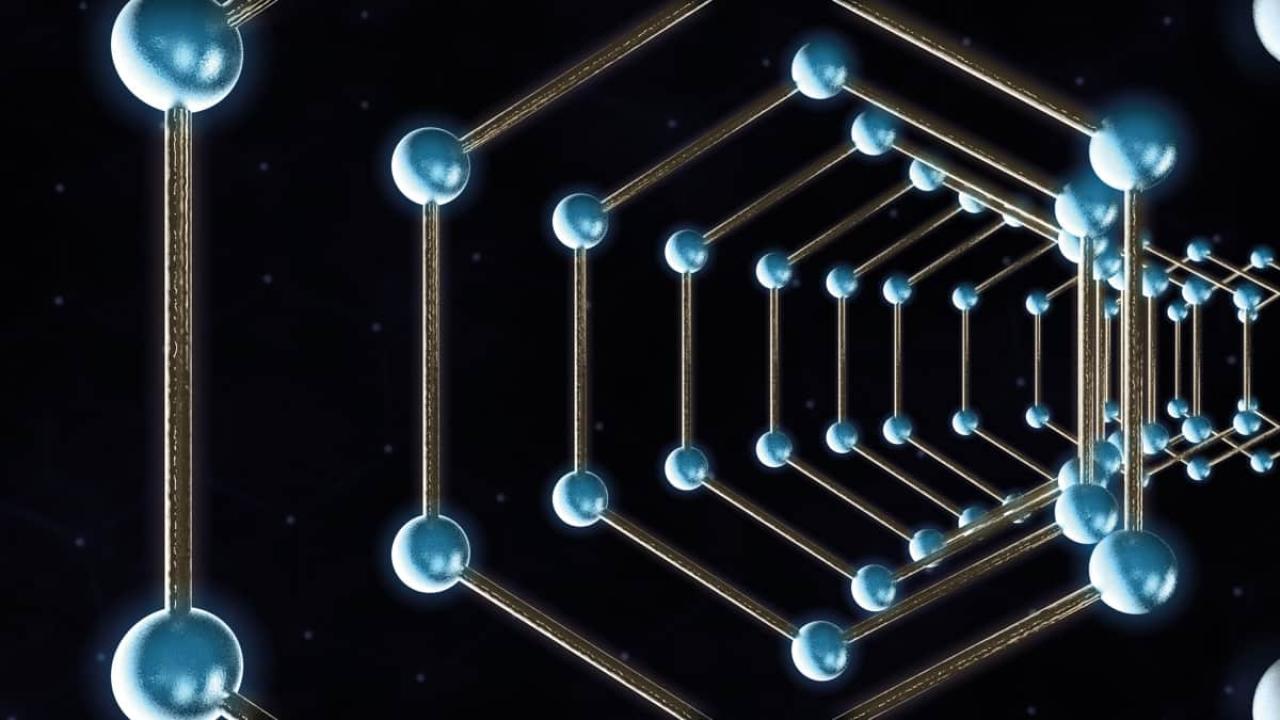Nanotechnology is the understanding, manipulation, and control of matter at the nanoscale, typically between 1 and 100 nanometers. At this scale, materials exhibit unique physical, chemical, and biological properties, leading to novel applications across various fields. Nanotechnology involves both the “top-down” approach of breaking down bulk materials into nanoscale components and the “bottom-up” approach of building structures from atoms and molecules.
OnAir Post: Nanotech



